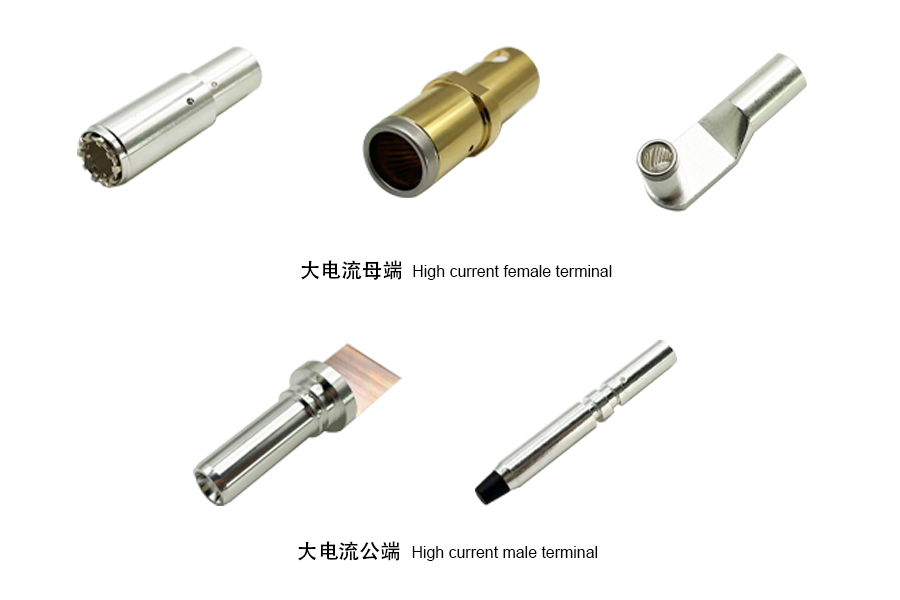As the core component of electrical connection systems, high current terminals play a crucial role in high-power electrical applications. This type of professional connector is designed to carry high currents above 50A, with low contact resistance, excellent mechanical strength, and outstanding heat dissipation features, ensuring stable operation under harsh working conditions. Its application scope covers key areas of modern industry such as new energy generation, intelligent manufacturing equipment, smart grid, rail transit, aviation electronics, and 5G communication infrastructure.
The connection methods of high current terminals mainly include crimping, welding, and plugging, each with its own characteristics and suitable for different application scenarios. You can choose according to your actual needs, or consult the technical support on the official website of Top-link online (www.hktop-link.com)to provide you with the best solution.
The crimping connection uses mechanical pressure to form an airtight connection between the conductor and the terminal, which has high reliability and anti-vibration ability, and is particularly suitable for environments such as automotive electronics, aerospace, etc. that require high stability. Its advantages lie in low connection resistance, strong oxidation resistance, and stable conductivity without the need for welding.
Soldering connections mainly include through hole reflow soldering (THR) and surface mount technology (SMT), which are suitable for PCB board applications. THR welding provides stronger mechanical fixation, while SMT welding is more space saving and suitable for automated production. When selecting welded terminals, special attention should be paid to the temperature resistance and thermal cycling performance of the solder joints to avoid connection failure caused by temperature changes.
Plug in connections are favored for their convenient installation and maintenance features, and are commonly used for testing equipment and modular power systems. To ensure connection reliability, plug-in terminals usually use locking structures such as spiral buckles and anti-backlash outer rings to prevent accidental loosening. However, in environments with high vibration, it is still necessary to carefully choose or combine additional fixing measures.
When selecting, it is necessary to comprehensively consider the specific requirements of the application scenario. For example, in high vibration environments, crimping or plug-in terminals with locking structures should be preferred; In high-temperature environments, attention should be paid to the heat resistance of the terminals; For applications with limited space, compact or SMT soldered terminals are more suitable. In addition, high current applications also require evaluation of the terminal’s current carrying capacity, temperature rise parameters, and long-term stability.
In the actual selection process, engineers need to comprehensively evaluate the special requirements of the application environment: prioritize crimping or plug-in solutions with mechanical locking for vibration conditions; The temperature resistance level of materials should be emphasized in high-temperature environments; It is recommended to use high-density SMT solutions in confined spaces; For high current applications, it is necessary to verify the continuous current carrying capacity and temperature rise characteristics of the terminals to ensure long-term stability during operation.








